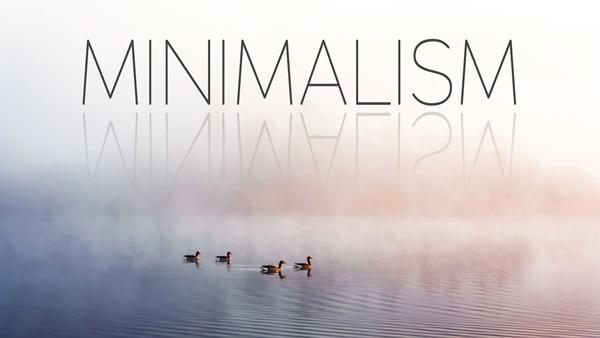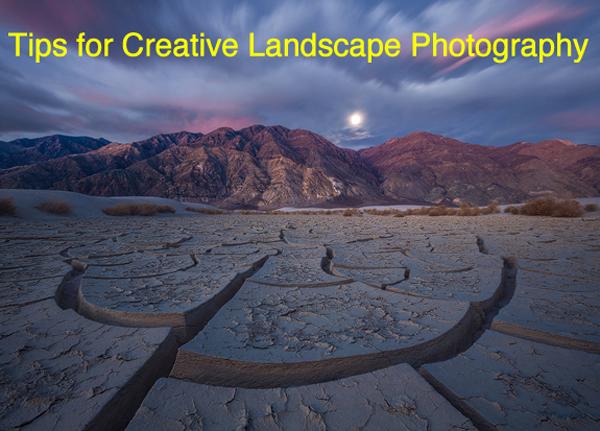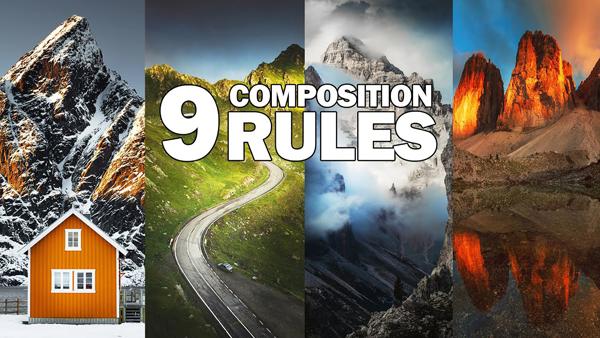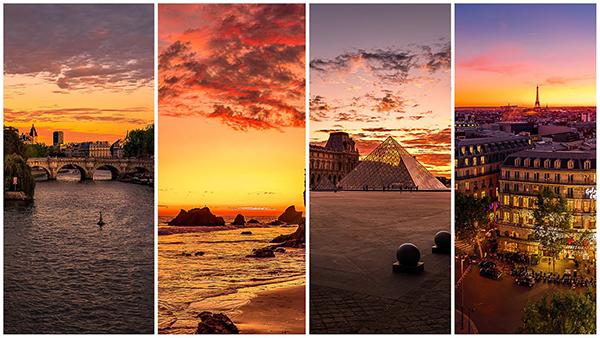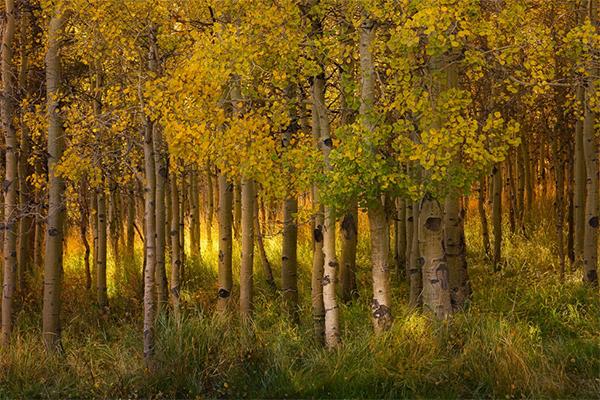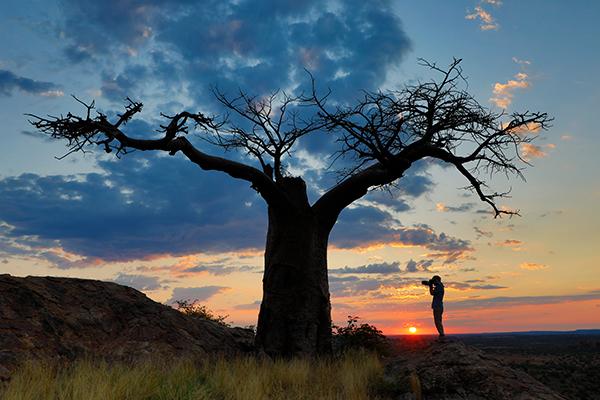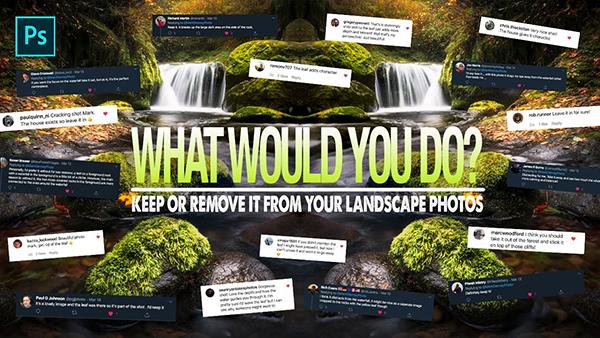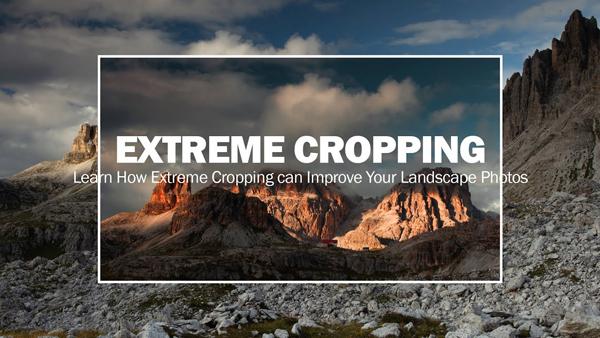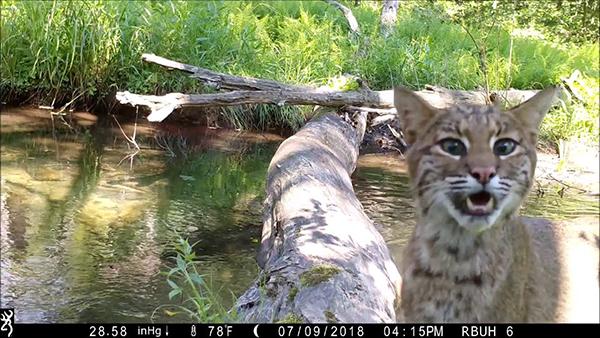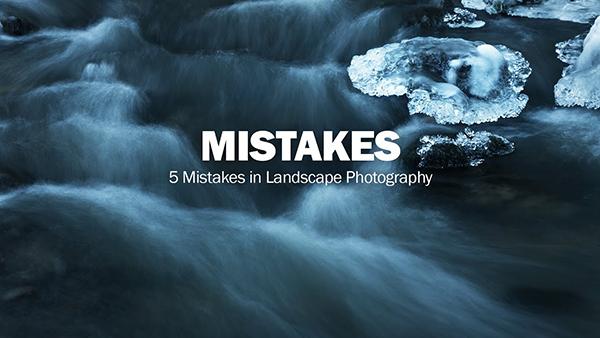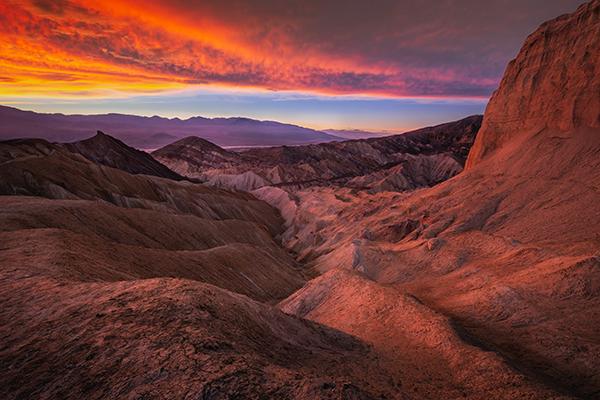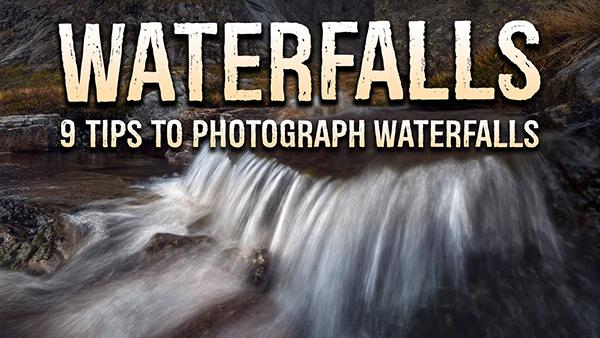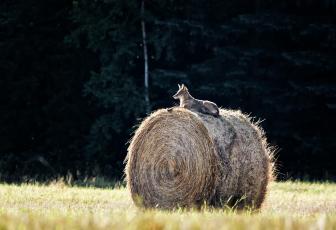Nature Photography How To
Sort By: Post Date TitlePublish Date
|
Apr 28, 2020
|
Apr 17, 2020
|
Apr 10, 2020
|
Apr 03, 2020
|
Apr 01, 2020
|
Mar 26, 2020
|
Mar 25, 2020
|
Mar 23, 2020
|
Mar 18, 2020
|
Mar 11, 2020
|
Mar 02, 2020
|
Feb 26, 2020
|
Feb 19, 2020
|
Feb 07, 2020
